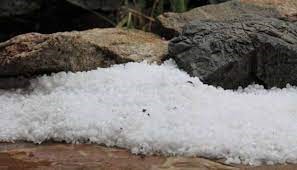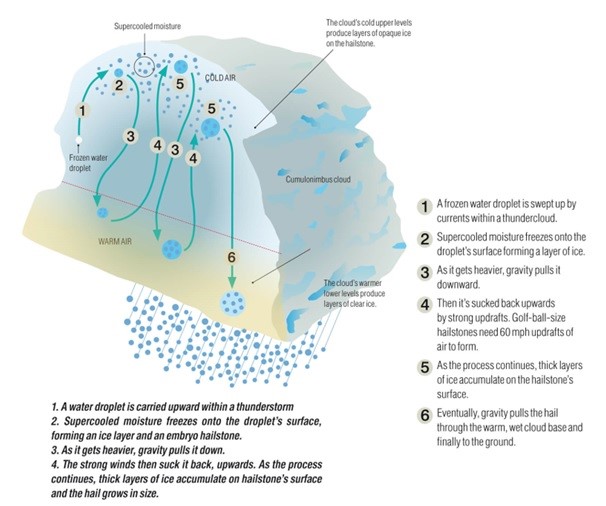Free Courses Sale ends Soon, Get It Now


Free Courses Sale ends Soon, Get It Now



Disclaimer: Copyright infringement not intended.
Context
About Hail Storm
Condition for Hail Storms to Occur
How does Hails from?

Favorable conditions for a hailstorm
Hail forms in the strong updraft region of a thunderstorm. Atmospheric conditions favorable for the formation hail bearing thunderstorms are:
|
PRACTICE QUESTION Discuss the primary factors that determine temperature, precipitation, and wind distribution on the Earth's surface. How do these variables alter among climatic zones? |
© 2024 iasgyan. All right reserved